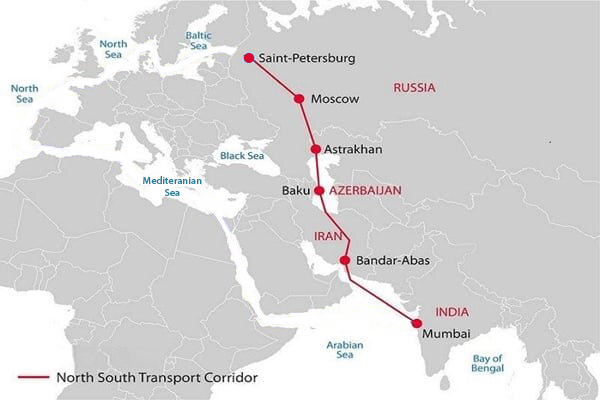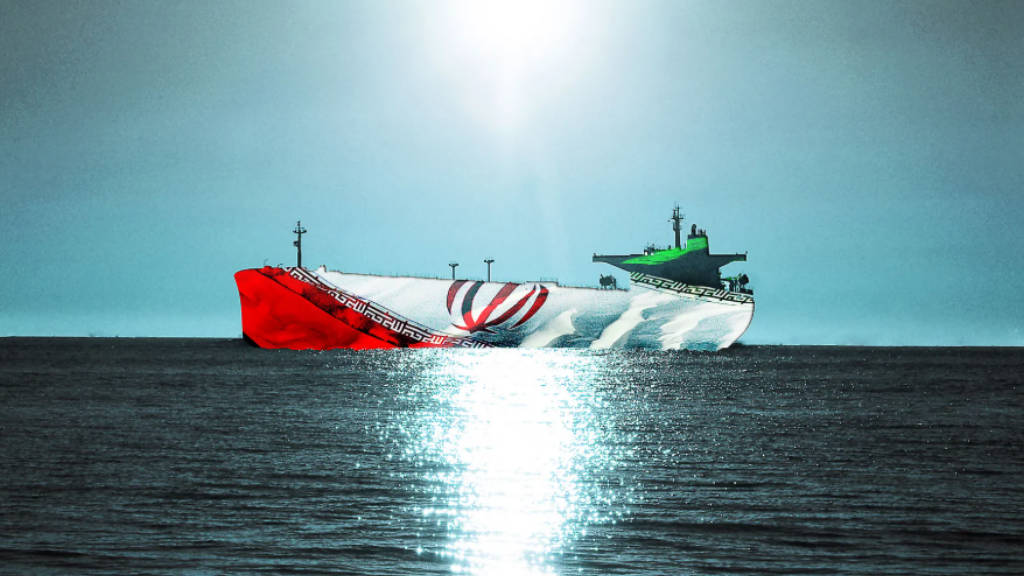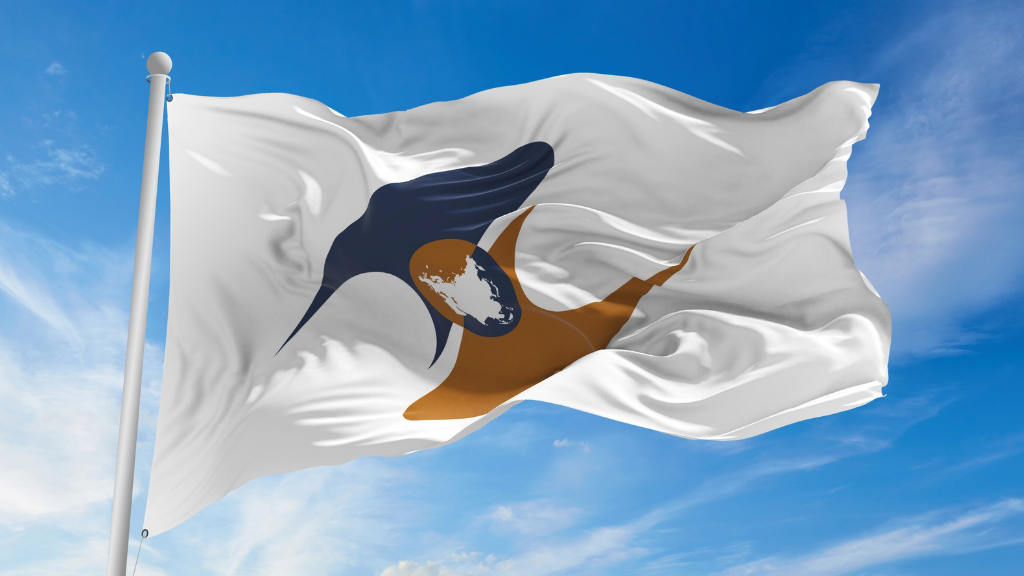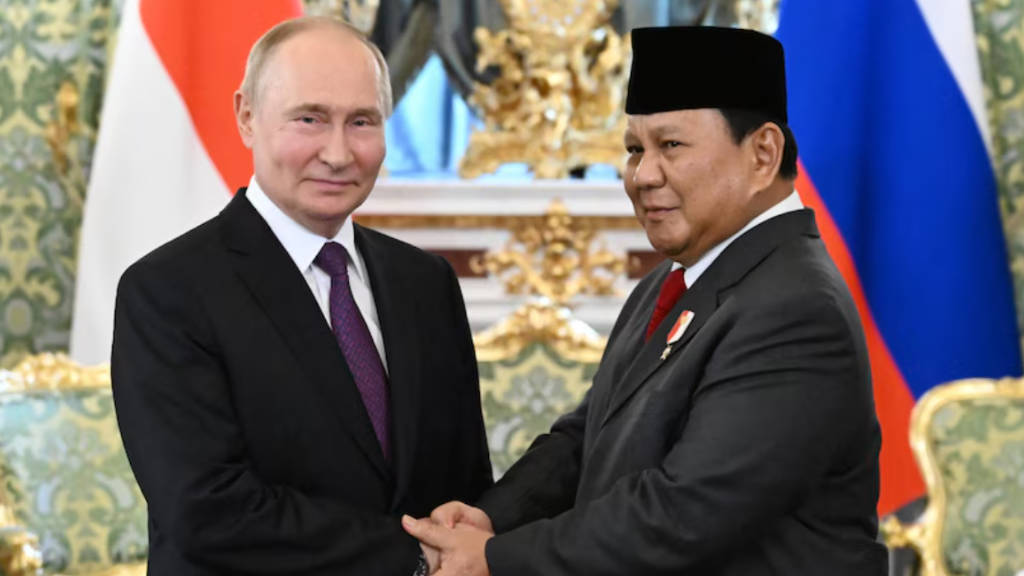Iran and Russia have been jointly developing a strategy to position Iran as a strategic gas transit hub, potential that began following bilateral discussions and the 2024 signing of an agreement for Russia to supply up to 300 million cubic meters of gas to Iran daily. That supply chain will begin later this year.
Stanislav Mitrakhovich, at Russia’s National Energy Security Fund, has said that until recently, Russia exported relatively small amounts of natural gas to Iran. But it is often cheaper for Iran to import gas to supply its densely populated northern provinces rather than to deliver it there from gas-rich Iran’s south, as Iran’s pipeline network is insufficient. It is over 2,000 km from Iran’s southern coast to its northern coast, where the capital, Tehran, is also located.
Instead, it is more cost-effective to transit Russian gas via Azerbaijan, which does not require the construction of any additional pipelines at this time.
The first large-scale shipments of Russian gas to Iran via Azerbaijan, up to 2 billion cubic meters (bcm) annually, are expected to begin by the end of this year and are set to increase to 55 bcm per year. That is close to the 63.8 bcm of gas Russia supplied to all of Europe in 2022. It would mean that Russia will have successfully redirected all its previous LNG supplies to non-European markets.

Mitrakhovich said that this means that Iran can position itself as a major supplier of natural gas to global markets, assuming that it obtains and introduces the required technologies and finds a way to deal with Western sanctions. That makes sense, as Iran already has—and will shortly complete—the International North-South Transportation Corridor, which bisects the country and leads to other markets in the Middle East, South Asia, and East Africa.
Mitrakhovich’s comments suggest that Russia is also interested in promoting this concept and may provide funding and technical assistance to Iran to make it happen—as it would also facilitate Russian LNG sales and additionally help a key ally—as well as lead to inexpensive energy supplies to emerging markets, including Pakistan.
Further Reading
Russia, Iran INSTC Trade Volumes Could Reach 15 Million Tonnes By 2028/29





